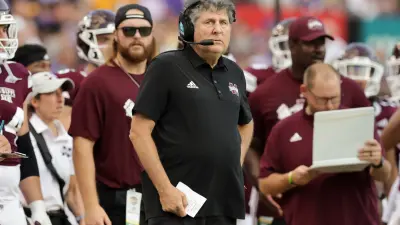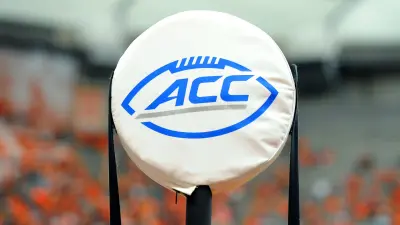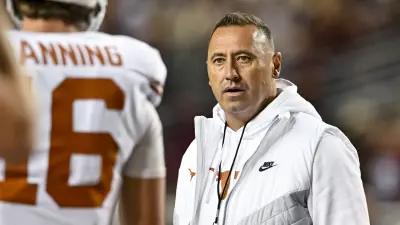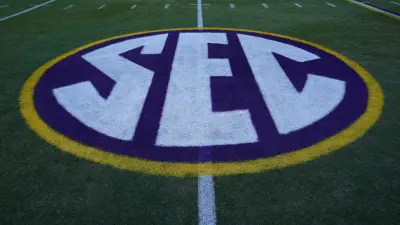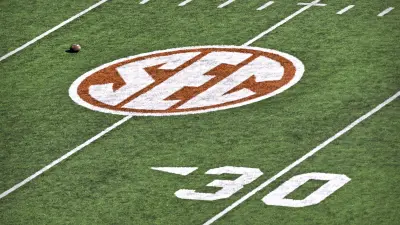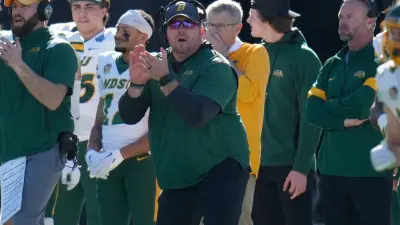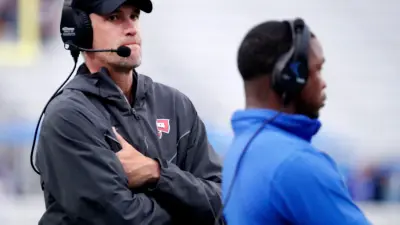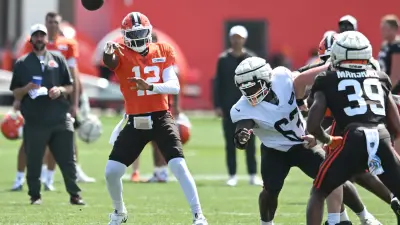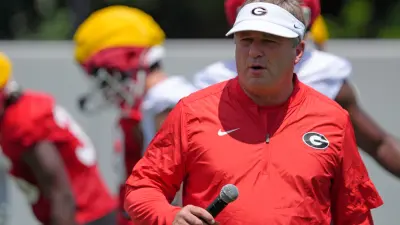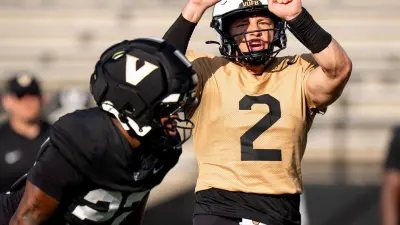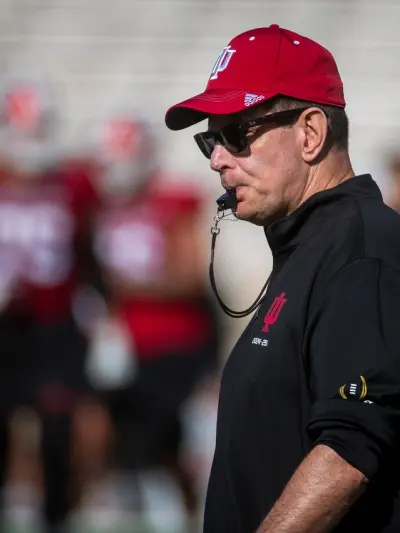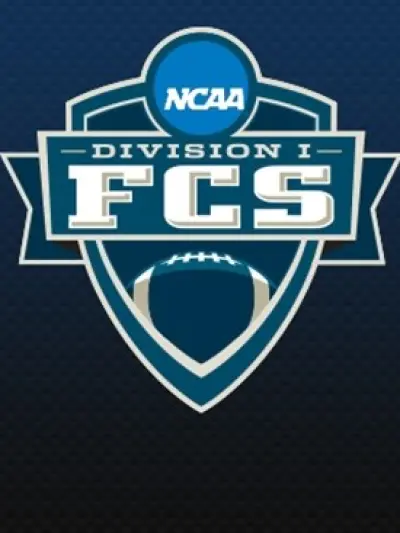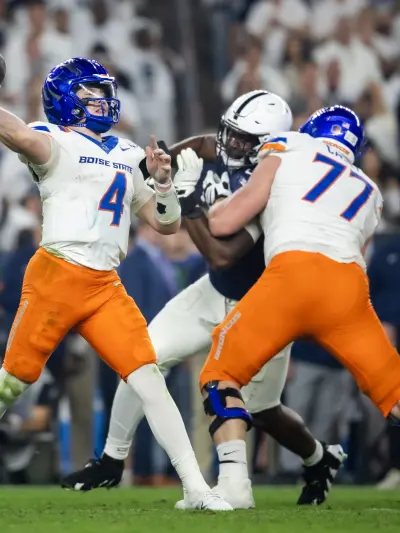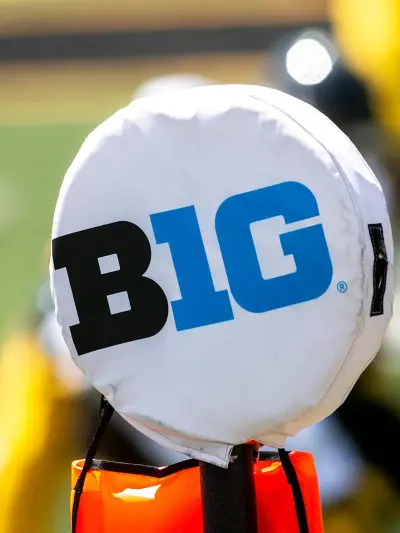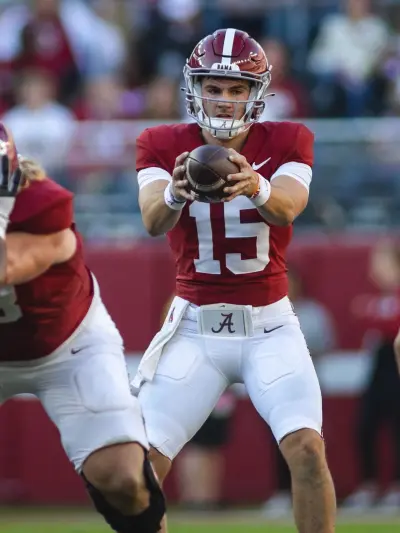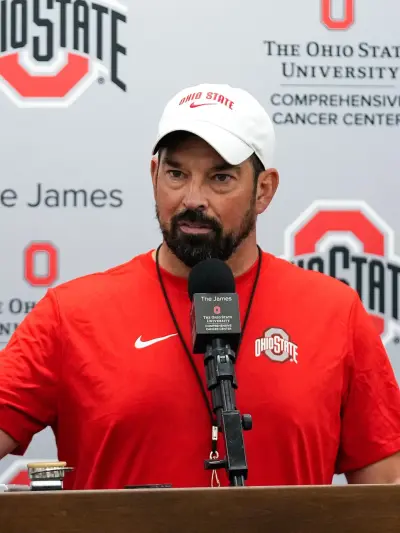By Mike Huesmann
Surely many of you saw the news this past week that the College Football Hall of Fame lowered its winning percentage threshold from 60 percent to 59.5 percent. This is universally seen as a nod to former Texas Tech, Washington State and Mississippi State coach Mike Leach, allowing for his induction since he has passed away in 2022.
He is certainly a worthy candidate for induction—I’m not taking that away. But I will outline reasons why this changing of the threshold shouldn’t have happened.
https://twitter.com/CoachDanCasey/status/1928570209234731431
A Threshold Shouldn’t Exist
Every candidate should be explained on their own and individually of others. I would tell the HOF administration that if your voters are so obtuse that they need these arbitrary guidelines, you have the wrong people voting.
Not all coaching wins are created equal. For example, guys like Larry Coker and Tom Osborne both inherited elite programs at the height of national prominence. You’re going to win more games in those cases. Osborne is a candidate for the Mount Rushmore of head coaches and certainly belongs in. Coker meets all the requirements, but does he really belong?
That’s where the voters have to be skilled, knowledgeable and understand context. Should former Pitt and Arizona State head coach Todd Graham be elected? His winning percentage is 59, identical to Leach. If we’re only going by figures you can’t tell me he should be left out.
More Sports News
https://twitter.com/HuesmannCFB/status/1928107981750644945
Context Matters
For every blue-blood scenario previously listed, like Osborne and Coker, there are teams on the outs who need a coach.
This brings us to Howard Schnellenberger. He took over a Miami team who was terrible and made them into a national title winner, juggernaut and arguably the team of the 1980s, going 41-16. Later on, he started from scratch at Florida Atlantic, literally. The Owls didn’t even have a team. He spent three years working there before a game was even played.
You’re not going to win games early on in college football when you are brand new. Schnellenberger stayed there for 11 years and went 58-74. This dropped his overall winning percentage to 50.6, making him ineligible. Knowing what he did at Miami and building that program should be enough.
https://twitter.com/BruceFeldmanCFB/status/1928113774147273175
Lowering Standards Isn’t the Way
The standard shouldn’t exist for the above reasons. Since it does, I also don’t know if lowering it is right. We should be striving for excellence and dominance—this isn’t the Hall of Pretty Good.
If you want to elect Leach as a contributor or pioneer, go for it, but just lessening the restrictions on everyone could have consequences we aren’t thinking about.
Coaches to Think About
These are coaches not in the Hall of Fame who now you could make a case for.
Rich Rodriguez: Also 59 percent and every bit the innovator Leach was. His spread option concepts have been all over the game since he designed the concept 20 years ago.
Erk Russell: 1-AA (FCS) legend at Georgia Southern. Only a head coach for seven years, he won three national titles.
Bill Yeoman: Multiple Southwest Conference title championships at Houston when that conference was a gauntlet.
Paul Johnson: Last of the true triple-option gurus. He won everywhere and is beloved by all. Georgia Southern, Navy, Georgia Tech all did it with him.
Sonny Lubick: Built Colorado State into a relevant program. Among the best Group of 5 coaches we’ve seen.
Joe Tiller: Coached the Boilermakers to a Rose Bowl and mentored Drew Brees. Very few head coaches have won at Purdue—he did.
Dave McLain: McLain tragically passed away at Wisconsin while still on the job. His 59 percent winning doesn’t tell the story of how bad the Badgers were before him and Barry Alvarez. The Big Ten Coach of the Year Award bears his name.
